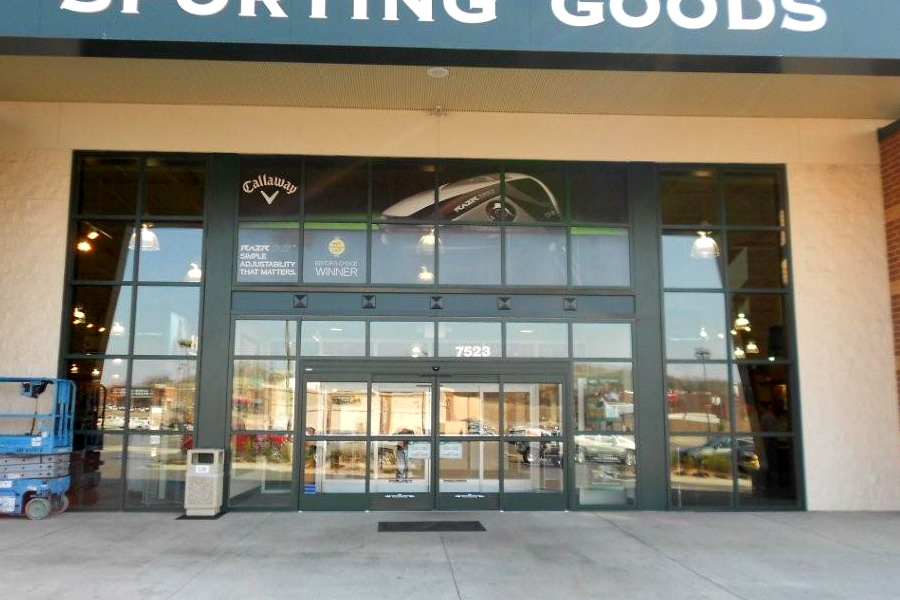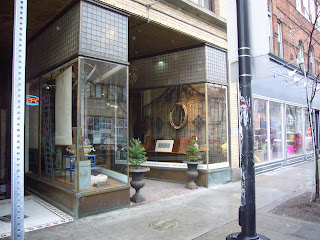Fashion coordination takes pace in every fashion department - on mannequins, forms and display hangers.
These coordinated combinations can be called outfits, capsules, costumes, display coordinates, trend looks.
Goals:
• coordinate fashions by end use, fabrication, style and color
• dress a display hanger with a coordinated outfit
• identify resources to expand your knowledge of current fashion trends
Selecting Merchandise to Display
A large percentage of merchandise will arrive at the store already organized into coordinated groupings.
Visual Merchandisers devote window space, in-store
fashion editorial space and departmental feature presentation to specific items.
Planograms may arrive from central headquarters, and the merchandiser carries out the plan.
When
dealing with unrelated separates the merchandiser has to put together
displays - coordination outfits by end use, fabrication, style and
color. These are shown on display hangers on face-outs or at the end of
a rack or waterfall, or on a mannequin.
The merchandisers helps prevent fashion
faux pas.
Coordinating by End Use
• Think about the final purpose of the outfit - evening? sporting? work?
• All items should have similar use.
Coordinating by Fabrication
• i.e. Lightweight gauze with linen
Coordinating by Style
• Classic looks/Trend looks
Coordinating by Color
• sometimes manufacturer has coordinated already
• the color wheel is a useful tool
• colors that are repeated must match!
• accessories must coordinate
• the
pivot piece sets the tone for the whole outfit
• combined colors should have the same
intensity
• anchor colors with nuetrals
• avoid seasonal color schemes
Coordinating Patterned Pieces
• Combine large and small patterns
• keep colors consistent
Coordinating Brand Names
• never mix logos
Coordinating by Trend
• media driven fashion trends frequently break rules and override accepted guidelines
Dressing a Coordinate Display Hanger
• Select an outfit from the fixture on which it will be displayed
• Dress the hanger (belt loops should always be filled)
•
Steam the outfit - pull the steamer through the inside. Hold the hem
for stubborn wrinkles. Sweaters should be steamed flat and only hung
when completely dry.
Coordinating Resources
KNOW YOUR CUSTOMER!
Fashion Magazines, websites, catalogs, newspapers
Women's Wear Daily! (available in the library, and online)
Fashion Shows
http://www.firstview.com/
http://www.fashionwindows.net/
People Watching
HOMEWORK:
Go
to your favorite place for people watching (coffee shop, mall,
restaurant) Look for three people wearing outfits that don't work in some way. Do
quick sketches of the outfits (or take a discreet picture with your
phone). Add notes indicating what you would do to improve the look. Due
Thurs.4/1
























































